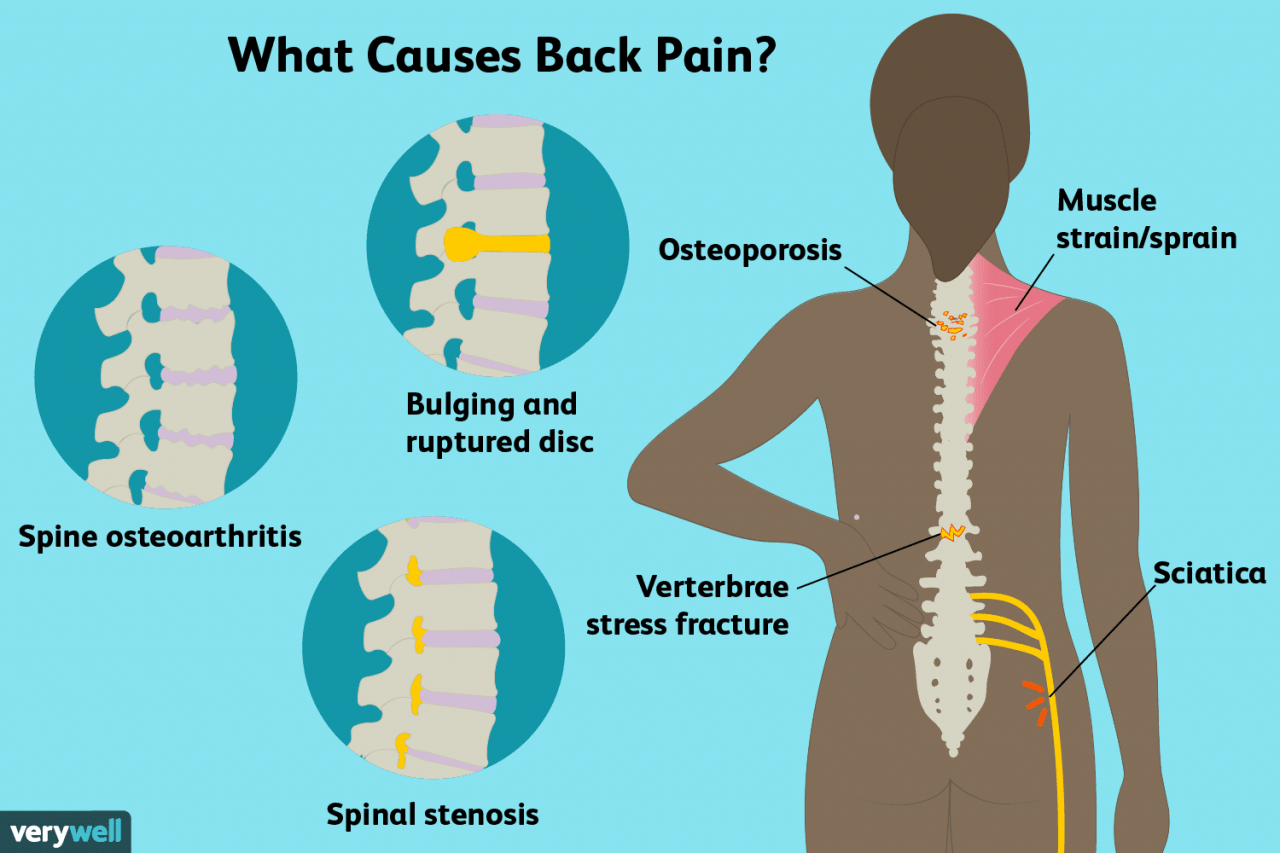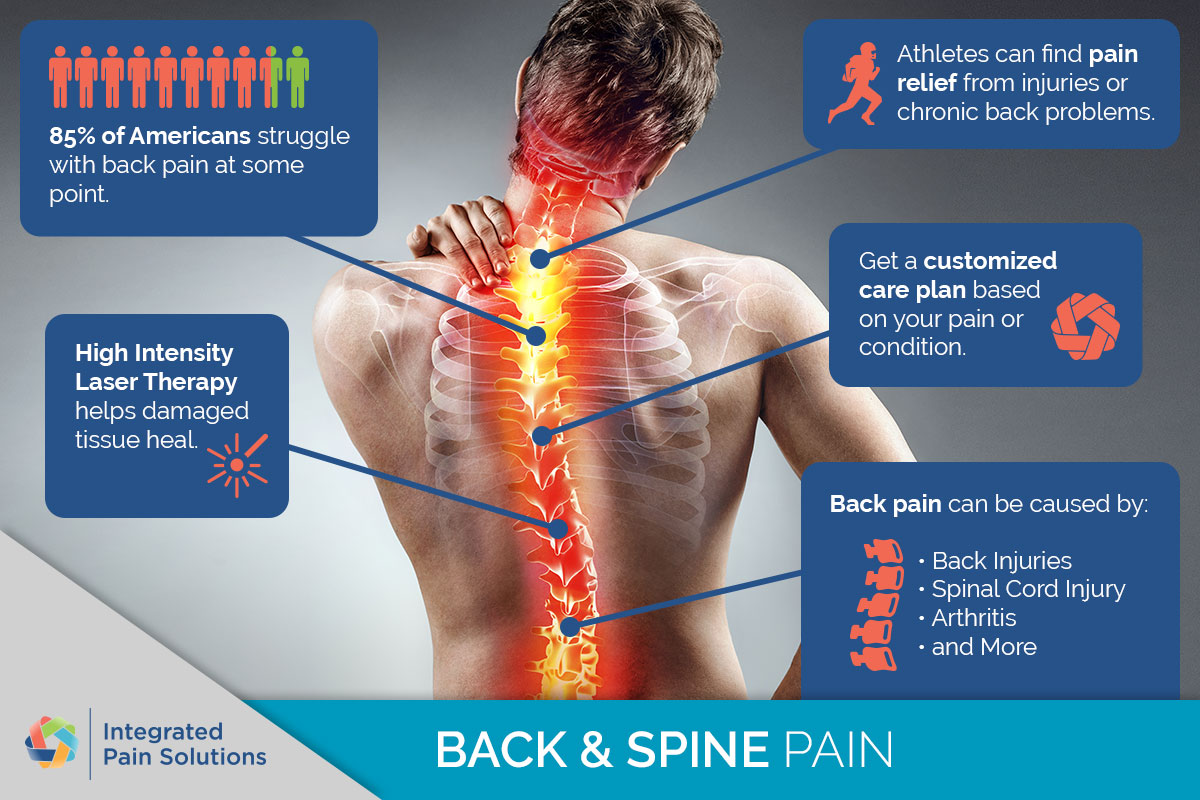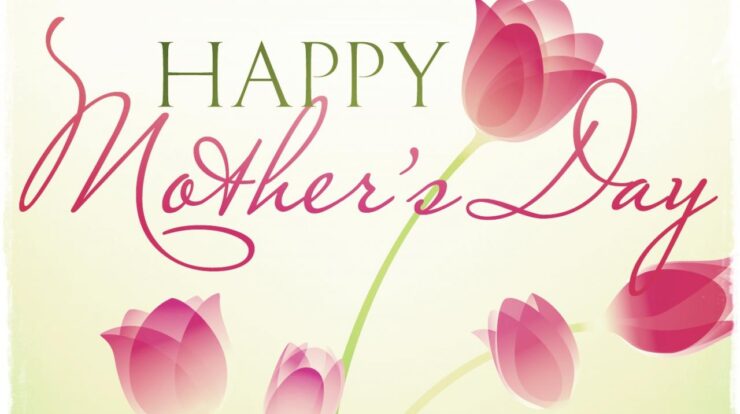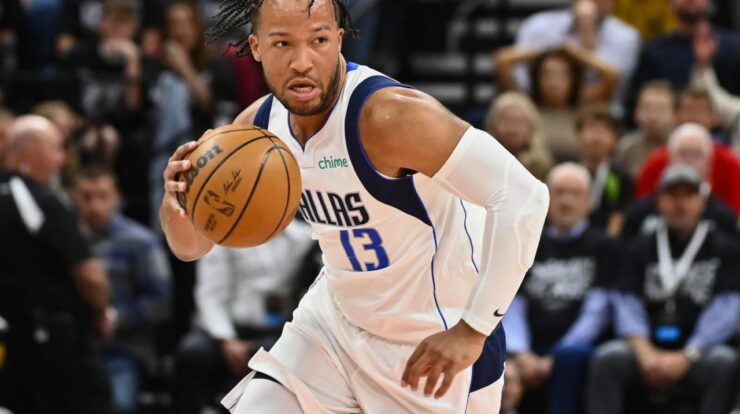
How can stiff and tight muscles result in back pain? – Stiff and tight muscles can be a major source of back pain. When muscles are tense and inflexible, they can put pressure on the spine, nerves, and other structures in the back, leading to pain and discomfort. Understanding the connection between muscle stiffness and back pain is crucial for effective prevention and management.
Muscle stiffness and tightness can result from various factors, including poor posture, lack of exercise, and certain medical conditions. Identifying the underlying causes and addressing them can help alleviate back pain and improve overall well-being.
Understanding the Causes of Back Pain

Back pain is a common ailment that affects millions of people worldwide. While there are various causes of back pain, one of the most prevalent is muscle stiffness and tightness. Muscles play a crucial role in supporting the spine and maintaining proper posture.
When muscles become stiff and tight, they can trigger back pain and discomfort.Muscle tension can arise from several factors, including poor posture, lack of exercise, and repetitive movements. Over time, prolonged muscle tension can lead to muscle imbalances, which can further contribute to back pain.
Types of Muscle Stiffness and Tightness, How can stiff and tight muscles result in back pain?
Muscle stiffness and tightness can manifest in different forms, each with its unique characteristics and impact on back health:
-
-*Myofascial pain syndrome
This condition involves the development of trigger points, which are tight, painful knots in muscles. Trigger points can cause referred pain to other areas of the body, including the back.
-*Muscle spasms
These are involuntary muscle contractions that can occur due to muscle fatigue, dehydration, or electrolyte imbalances. Muscle spasms can cause sudden, sharp pain in the back.
-*Muscle strains
These occur when muscles are overstretched or torn. Muscle strains can cause pain, tenderness, and reduced range of motion in the back.
Impact of Muscle Stiffness and Tightness on Back Structures
Stiff and tight muscles can have a significant impact on the spine, vertebrae, and surrounding tissues:
-
-*Spine misalignment
Prolonged muscle tension can pull the spine out of alignment, leading to postural imbalances and increased risk of back pain.
-*Disc herniation
Tight muscles can put pressure on spinal discs, causing them to bulge or herniate. This can lead to nerve compression and severe back pain.
-*Joint inflammation
Muscle stiffness can limit joint mobility, leading to inflammation and pain in the back.
Common Muscle Groups Involved in Back Pain
Specific muscle groups commonly affected by stiffness and tightness, contributing to back pain, include:
| Muscle Group | Location | Role in Back Support |
|---|---|---|
| Erector spinae | Runs along the spine | Extends and rotates the spine |
| Multifidus | Deep muscles along the spine | Stabilizes the spine |
| Gluteus maximus | Buttocks | Extends and rotates the hip, supports the lower back |
| Hamstrings | Back of the thighs | Flexes the knees, supports the lower back |
| Quadriceps | Front of the thighs | Extends the knees, supports the lower back |
Preventing and Managing Muscle Stiffness and Tightness
Preventing muscle stiffness and tightness is essential for maintaining back health. Here are some tips:
-
-*Maintain good posture
Avoid slouching or hunching over.
-*Engage in regular exercise
Exercise helps strengthen and stretch muscles, reducing the risk of stiffness and tightness.
Regular exercise plays a crucial role in maintaining flexibility and preventing issues. To incorporate regular exercise into your routine, consider trying lower back exercises at home or explore other suitable activities.
-*Warm up before exercising
Warming up prepares muscles for activity and reduces the likelihood of injury.
-*Cool down after exercising
Cooling down helps muscles recover and prevents stiffness.
-*Stretch regularly
Stretching helps improve muscle flexibility and range of motion.
-*Use heat or cold therapy
Applying heat or cold to tight muscles can help relieve pain and stiffness.
-*Massage
Massage can help relax tense muscles and improve blood flow.
As we celebrate Happy Heavenly Mother’s Day , it’s a reminder to cherish our mothers and the special bond we share. While pregnant women are often excluded from the Mother’s Day festivities, it’s important to recognize their journey towards motherhood and express our well wishes.
-*Seek professional help
If muscle stiffness and tightness persist or cause severe pain, consult a doctor or physical therapist for proper diagnosis and treatment.
Last Word

In conclusion, stiff and tight muscles can significantly contribute to back pain. By understanding the causes, types, and impact of muscle stiffness on back structures, individuals can develop effective strategies to prevent and manage this common ailment. Regular exercise, proper posture, and targeted stretching can help maintain muscle flexibility and reduce the risk of back pain.
FAQ Corner: How Can Stiff And Tight Muscles Result In Back Pain?
Can muscle stiffness cause lower back pain?
On this Happy Mother’s Day , let’s extend our heartfelt gratitude to all the mothers in our lives and appreciate their unwavering love and support.
Yes, stiff muscles in the lower back, such as the erector spinae and quadratus lumborum, can compress the spine and nerves, leading to lower back pain.
How can I relieve back pain caused by tight muscles?
Stretching, massage, heat therapy, and gentle exercise can help relax tight muscles and alleviate back pain.
What are the best exercises to prevent muscle stiffness and back pain?
Regular exercises that focus on core strengthening, flexibility, and posture, such as yoga, Pilates, and swimming, can help prevent muscle stiffness and reduce the risk of back pain.







